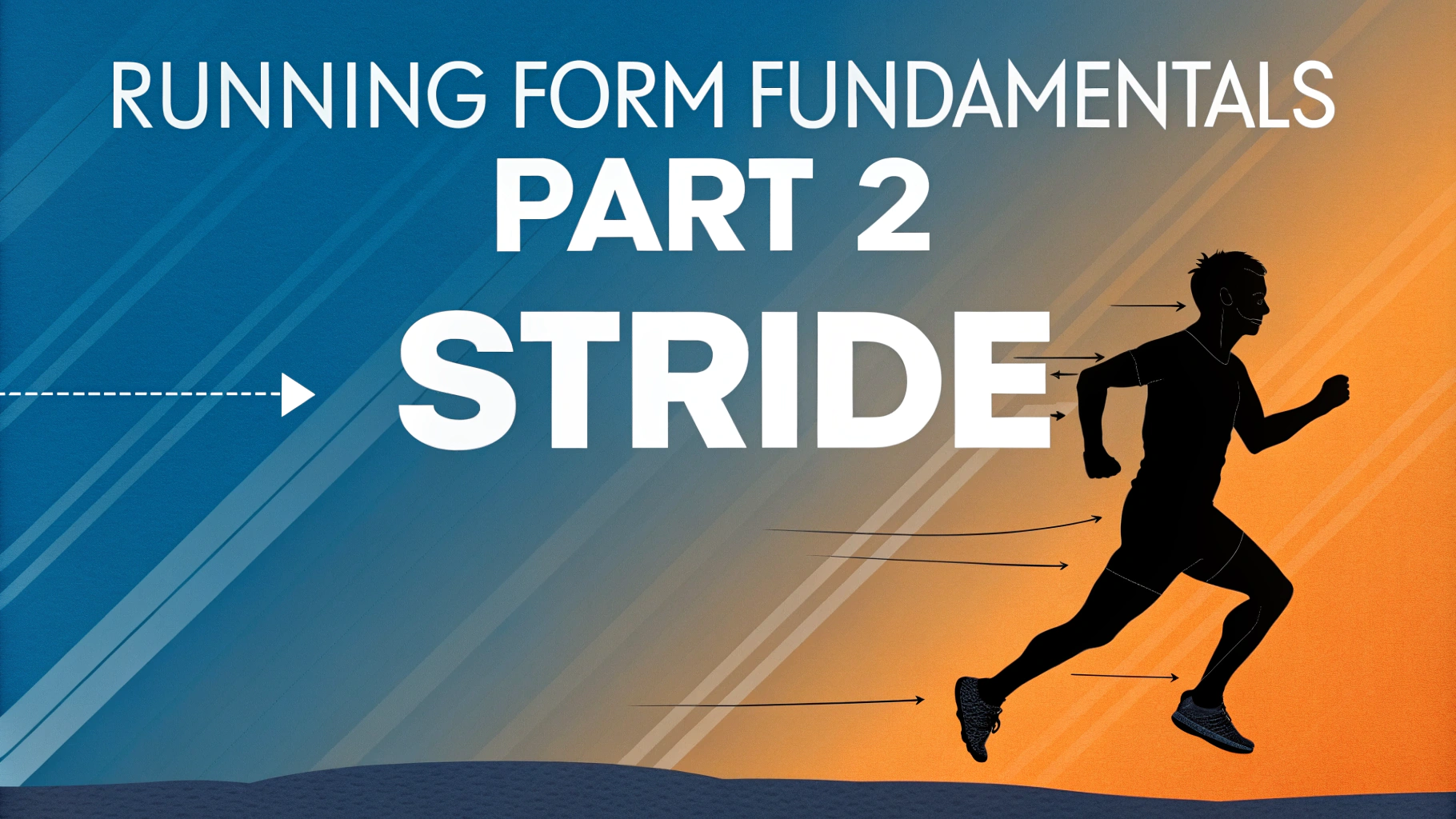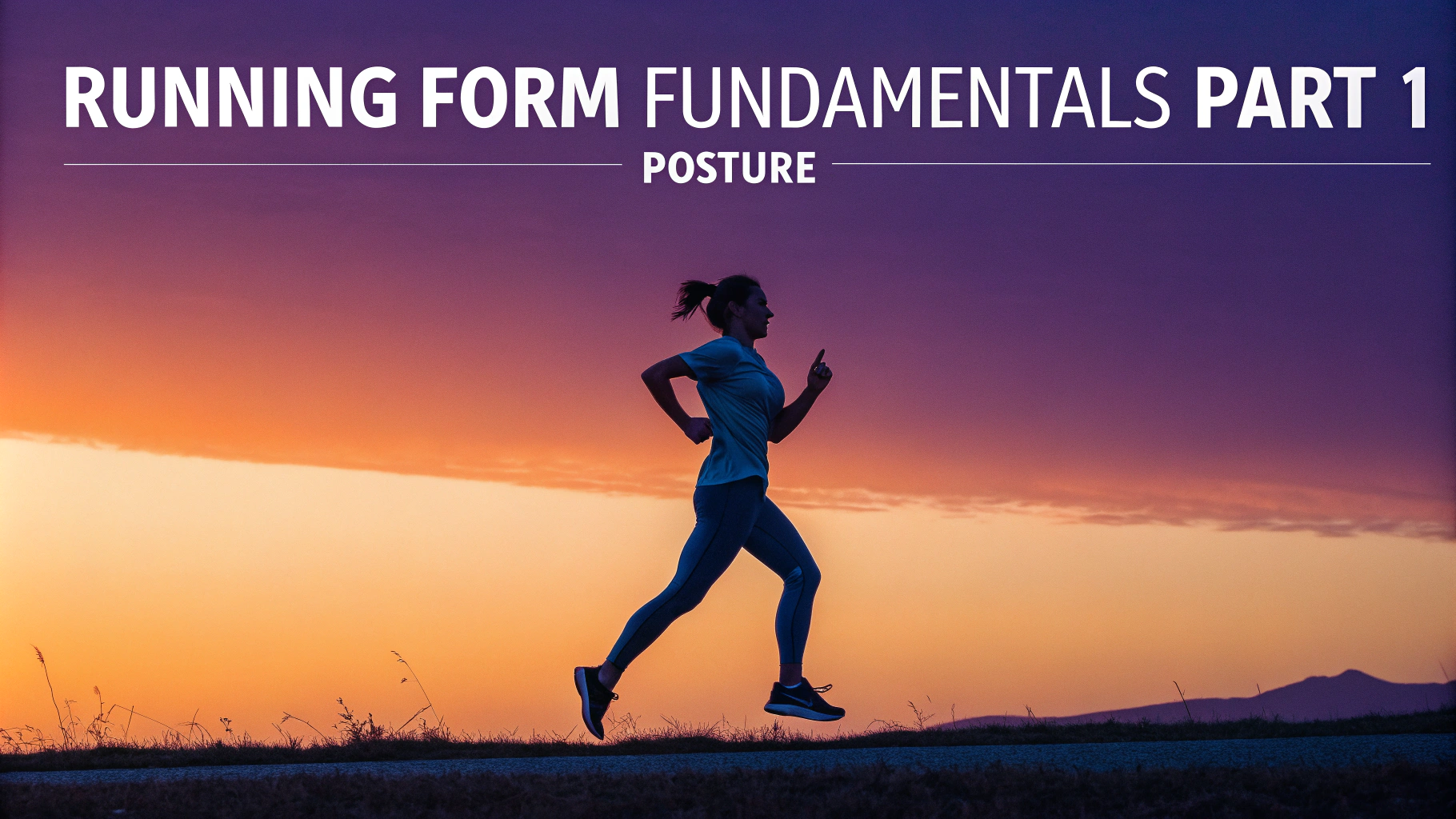A well-planned stretching routine helps runners prevent injuries and improve performance.
Always warm up with 5-10 minutes of light jogging before starting these stretches.
Pre-Run Dynamic Stretches
- Walking lunges (10-12 each leg)
- High knees (30 seconds)
- Butt kicks (30 seconds)
- Leg swings – front to back (10 each leg)
- Leg swings – side to side (10 each leg)
Post-Run Static Stretches
Hold each stretch for 15-30 seconds, breathing deeply.
Quadriceps Stretch
Stand on one leg, bend the other knee and hold your foot behind you.
Hamstring Stretch
Sit with one leg extended, reach for your toes while keeping your back straight.
Calf Stretch
Place hands against a wall, step one foot back and lean forward while keeping back leg straight.
Hip Flexor Stretch
Kneel on one knee, push hips forward while keeping upper body straight.
IT Band Stretch
Cross one leg behind the other while standing, lean toward the front leg side.
Tips for Effective Stretching
- Never bounce while stretching
- Stop if you feel pain (not to be confused with mild discomfort)
- Breathe steadily through each stretch
- Focus on problem areas specific to your running style
- Stay consistent with your routine
For personalized stretching advice, consult a certified running coach or physical therapist.
Recommended Recovery Tools
- Foam roller for muscle release
- Massage stick for targeting specific areas
- Compression socks for improved circulation
- Yoga mat for comfortable stretching
Track your flexibility progress by noting how the stretches feel over time.
Stop stretching and seek medical attention if you experience sharp or persistent pain.
Contact Road Runners Club of America to find certified coaches in your area.
Common Stretching Mistakes to Avoid
- Stretching cold muscles
- Rushing through stretches
- Overstretching beyond comfort
- Ignoring form and proper technique
- Skipping post-run stretches
When to Stretch Extra
- After long runs (over 10 miles)
- Following speed workouts
- When experiencing muscle tightness
- During recovery weeks
- Before and after races
Advanced Recovery Techniques
Combine stretching with other recovery methods such as:
- Ice baths for inflammation reduction
- Contrast therapy (alternating hot and cold)
- Professional massage therapy
- Gentle yoga sessions
Conclusion
A consistent stretching routine is essential for maintaining flexibility, preventing injuries, and optimizing running performance. Listen to your body, adapt the routine to your needs, and maintain proper form throughout each stretch.
Remember that flexibility improvements happen gradually – stay patient and consistent with your stretching practice.
Create a stretching log alongside your running journal to track flexibility progress and identify areas needing extra attention.
FAQs
- When is the best time to perform stretches – before or after running?
Dynamic stretches should be done before running to warm up muscles, while static stretches are best performed after running when muscles are warm to improve flexibility and reduce muscle soreness. - How long should I hold each stretch?
Static stretches should be held for 15-30 seconds each, while dynamic stretches should be performed with controlled movements for 10-12 repetitions per stretch. - Which muscles are most important to stretch for runners?
The key muscles to stretch are the calves, hamstrings, quadriceps, hip flexors, IT band, and glutes, as these muscle groups are most actively engaged during running. - Can stretching help prevent running injuries?
Yes, proper stretching can help prevent running injuries by improving flexibility, increasing range of motion, and ensuring muscles are properly warmed up before activity. - Should stretching feel painful?
No, stretching should never be painful. You should feel tension but not pain. If you experience pain, ease off the stretch immediately to prevent injury. - How often should runners stretch?
Runners should stretch after every run and can benefit from additional stretching sessions on rest days, aiming for at least 5-10 minutes of stretching per session. - What’s the difference between dynamic and static stretching?
Dynamic stretching involves moving parts of your body through a full range of motion, while static stretching involves holding a stretch position without movement. - Is it okay to stretch cold muscles?
No, cold muscles should not be statically stretched as it can lead to injury. Always warm up with light activity or dynamic stretches before deep stretching. - What stretches can help with runner’s knee?
Quad stretches, IT band stretches, and hip flexor stretches are particularly beneficial for preventing and managing runner’s knee symptoms. - Should I stretch if I’m already experiencing muscle soreness?
Light, gentle stretching can help with muscle soreness, but avoid aggressive stretching when muscles are very sore. Focus on gentle movements and gradual progression.










